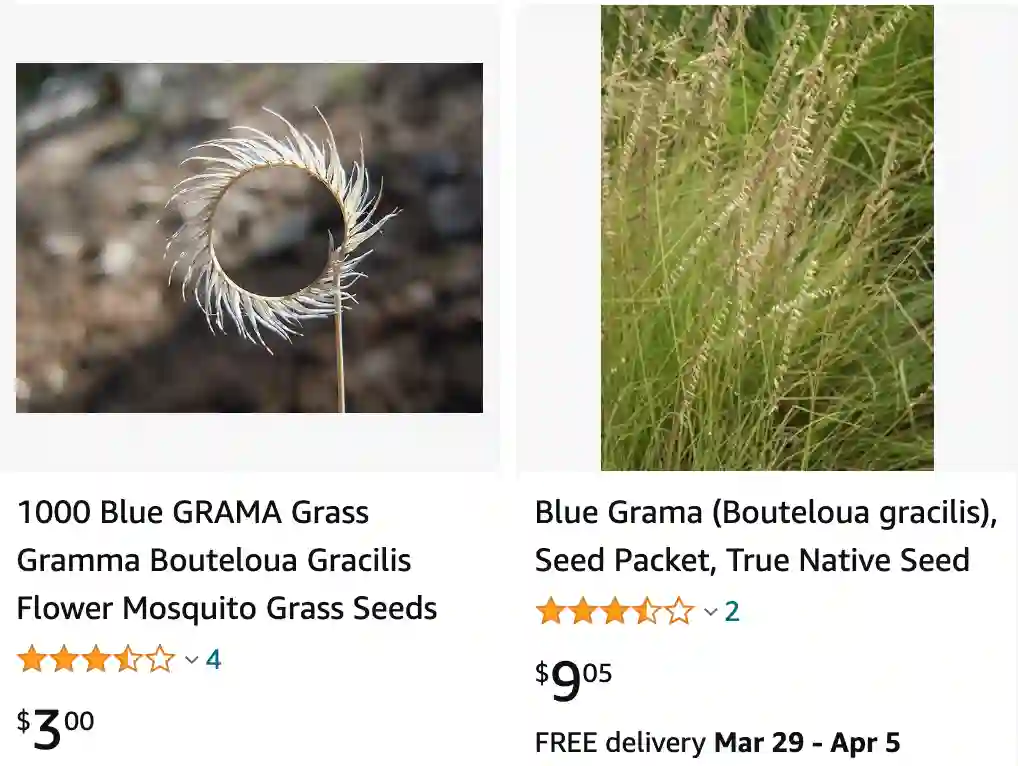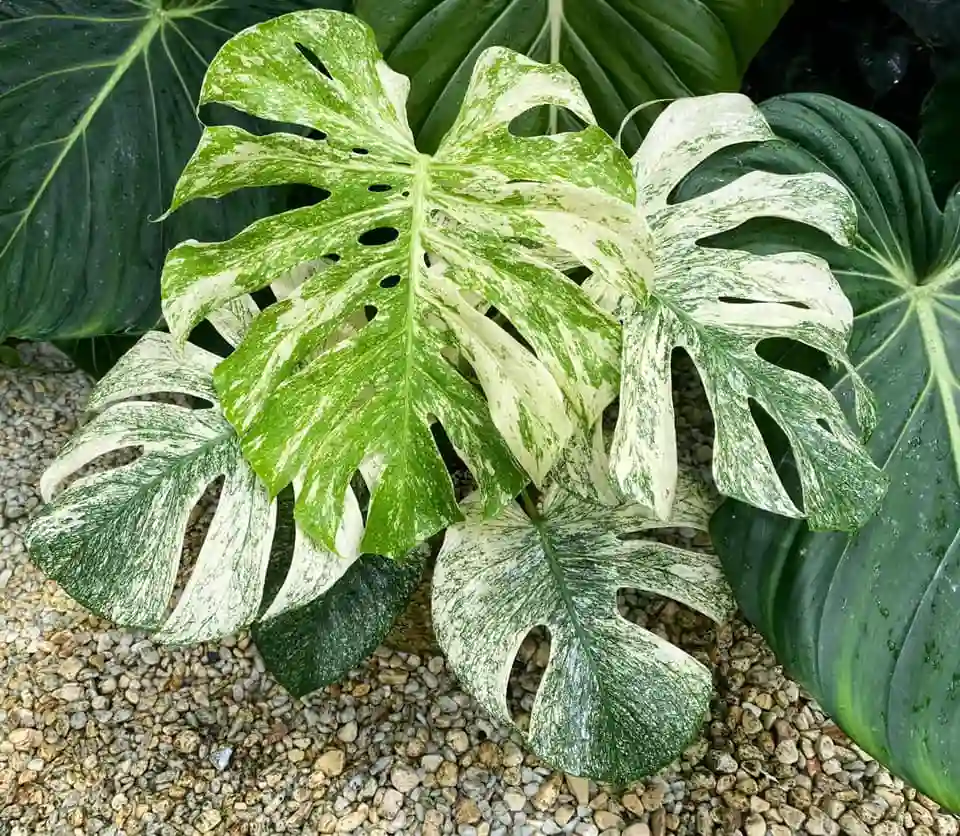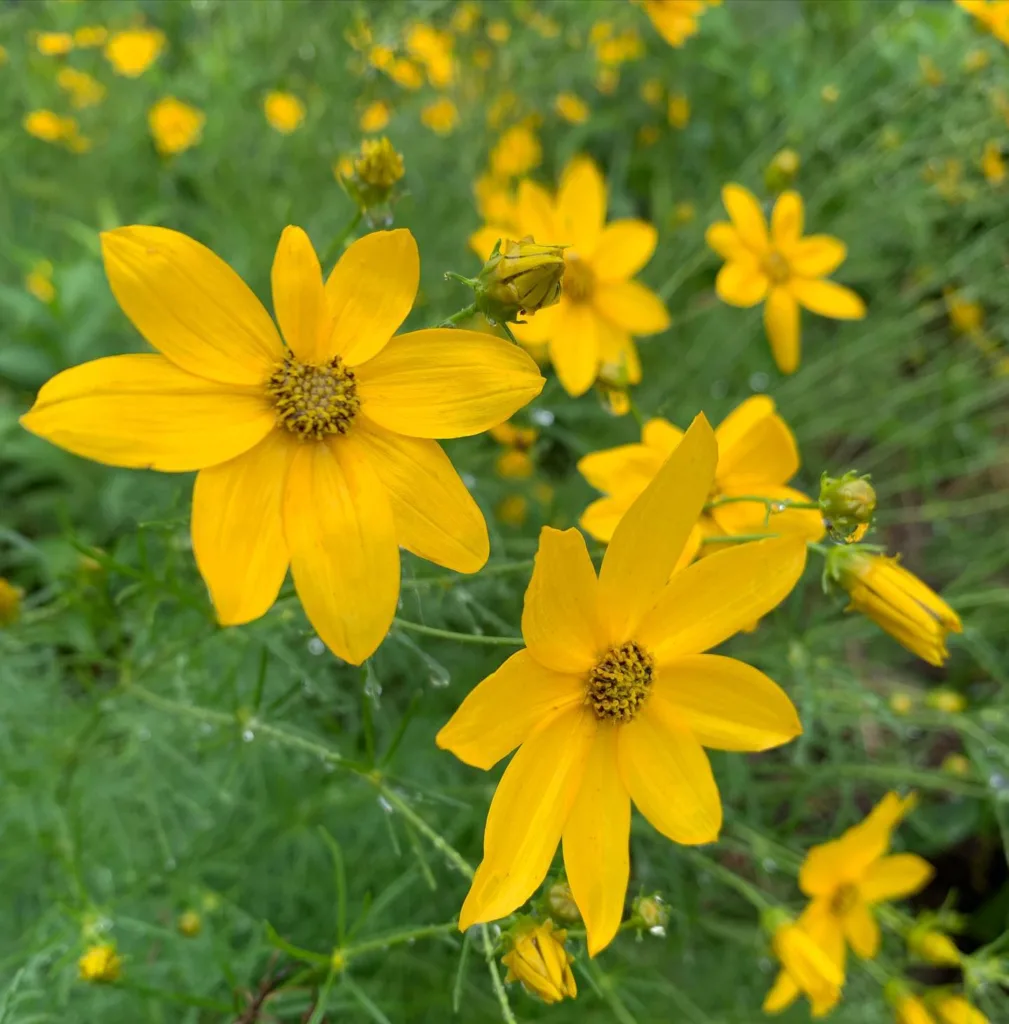
Blue Grama in My Garden: A Love Affair with Bouteloua gracilis
As a passionate gardener, I’m always on the lookout for low-maintenance, beautiful plants that thrive in our hot and dry summers here in [your city/region]. That’s how I stumbled upon Bouteloua gracilis, also known as Blue Grama. This native North American grass has quickly become a favorite in my garden, offering a low-growing, textural element that complements my perennials and adds a touch of the wild.
But before I dive into my experience with Blue Grama, let’s address some questions you might have about this fascinating grass:
Does Bouteloua gracilis Self-Sow?
Yes, Bouteloua gracilis can self-sow, but to a limited extent. It produces fluffy, airy flower heads in late summer that eventually release seeds. These seeds can germinate readily in the same location, creating a slowly expanding patch of Blue Grama over time. However, the spread is not aggressive, and you can easily control it by pulling up any unwanted seedlings.
Does Bouteloua gracilis Spread?
While Bouteloua gracilis can self-sow, its primary method of spread is through underground rhizomes. These slowly-growing runners help the grass form a dense, low-growing mat, perfect for erosion control and creating a natural-looking groundcover. The spread, however, is quite slow compared to some ornamental grasses. So, you won’t have to worry about it taking over your garden.
Is Bouteloua gracilis Deer Resistant?
Great news for gardeners in areas with deer problems! Bouteloua gracilis is considered deer resistant. This is likely due to its tough, wiry leaves that are not very palatable to deer. While deer might nibble on it occasionally in the absence of tastier options, Blue Grama generally remains untouched in my garden, even with the occasional deer passing through.
How to plant and care for Bouteloua gracilis?
Now that we’ve addressed some key questions, let’s talk about planting and caring for this wonderful grass. Here’s what I’ve learned from my experience:
- Planting: Bouteloua gracilis thrives in full sun and well-drained soil. You can plant it from seeds directly in your garden in the fall or early spring. Alternatively, look for starter plants at your local nursery. When planting, space the plants 8-12 inches apart to allow for growth.
- Watering: During the first year after planting, water your Blue Grama regularly, especially during hot and dry periods. Once established, it’s incredibly drought tolerant and requires minimal watering.
- Soil: Bouteloua gracilis is quite adaptable in terms of soil type, but it prefers well-drained sandy or loamy soil. If your soil is heavy clay, consider amending it with sand or compost to improve drainage.
- Fertilizing: This low-maintenance grass generally doesn’t require any fertilizer. In fact, over-fertilizing can encourage excessive growth and weaken the plant’s drought tolerance.
How to Maintain Bouteloua gracilis?
Once established, Bouteloua gracilis requires minimal maintenance. However, here are a few things to keep in mind:
- Mowing: While not necessary, you can occasionally mow Blue Grama in late winter or early spring to remove dead foliage and encourage new growth. However, keep the mowing height high (around 3-4 inches) to maintain the natural form of the grass.
- Dividing: If your Blue Grama becomes too large, you can divide it in the spring or fall. Simply dig up the clump, separate it into smaller sections with a sharp knife, and replant them in new locations.
What to Plant with Bouteloua gracilis?
The beauty of Bouteloua gracilis lies in its versatility. Here are a few ideas for companion plants:
- Perennials: Combine Blue Grama with colorful perennials that bloom at different times throughout the season. Lavender, coneflower, yarrow, and black-eyed Susan are all excellent choices.
- Shrubs: Low-growing shrubs with contrasting foliage, such as ornamental grasses or blue mist spirea, can create a stunning textural contrast with Blue Grama.
- Wildflowers: Create a miniature prairie by planting Bouteloua gracilis alongside native wildflowers like blanketflower, coreopsis, and gaillardia.
If i die, water my plants!



